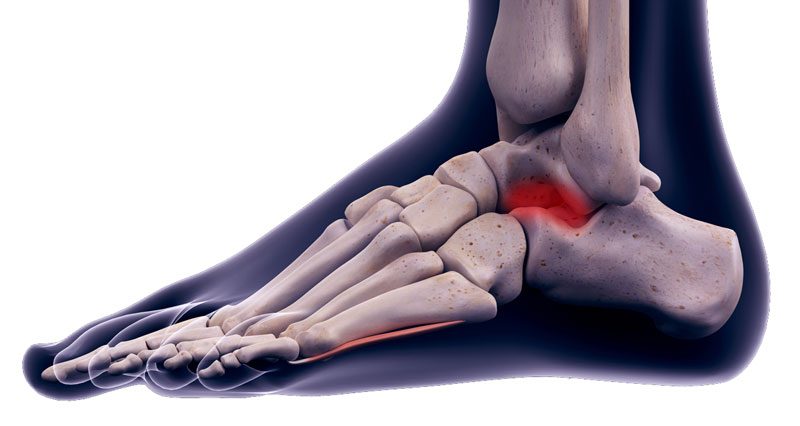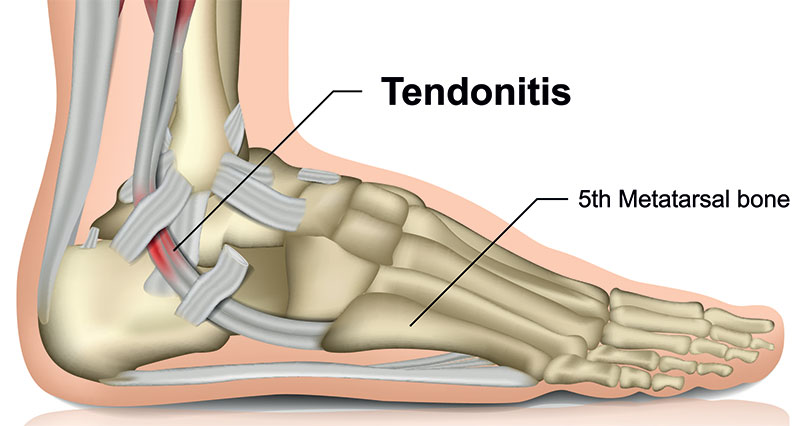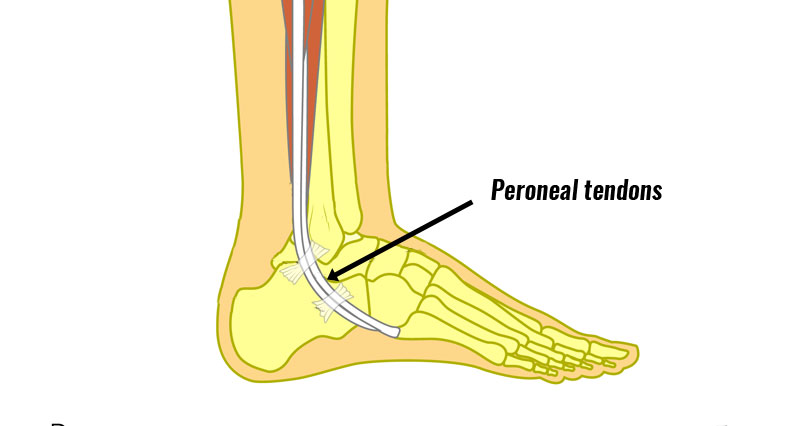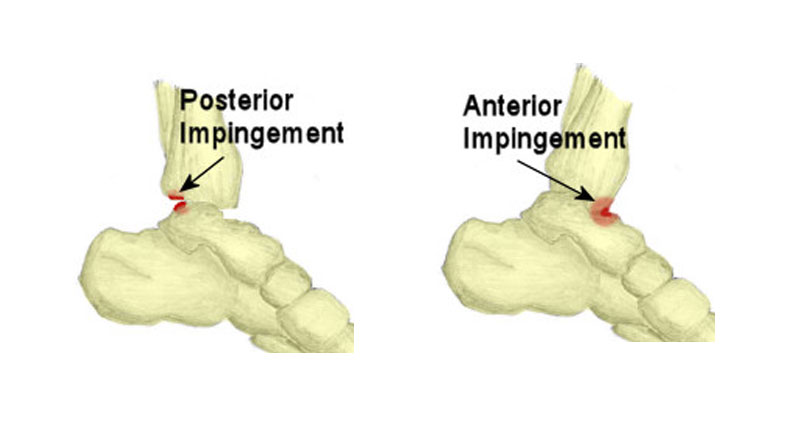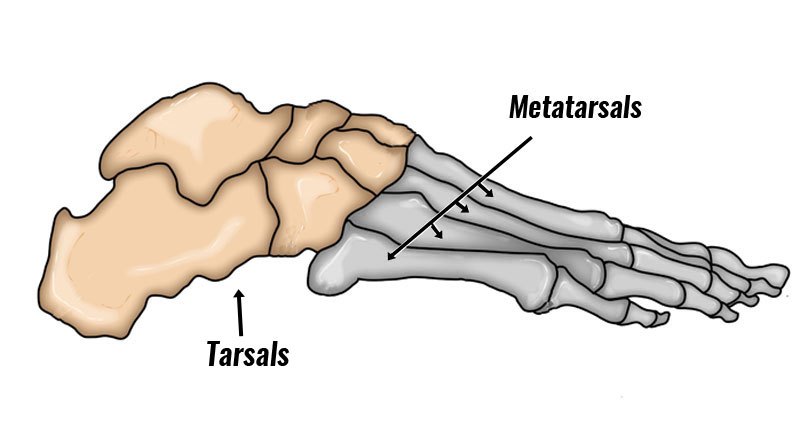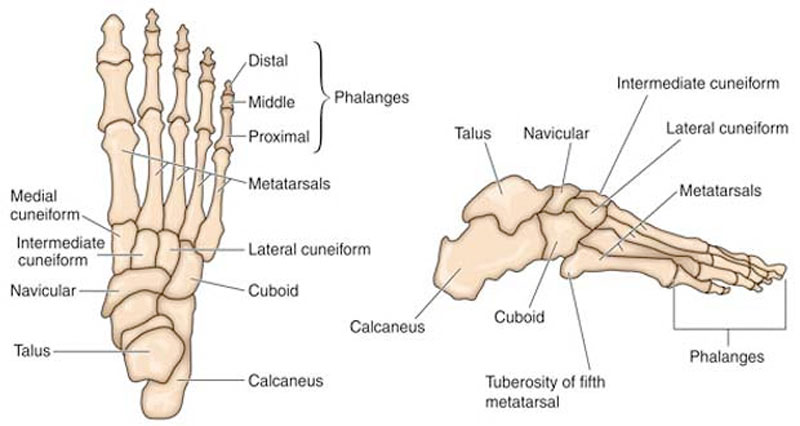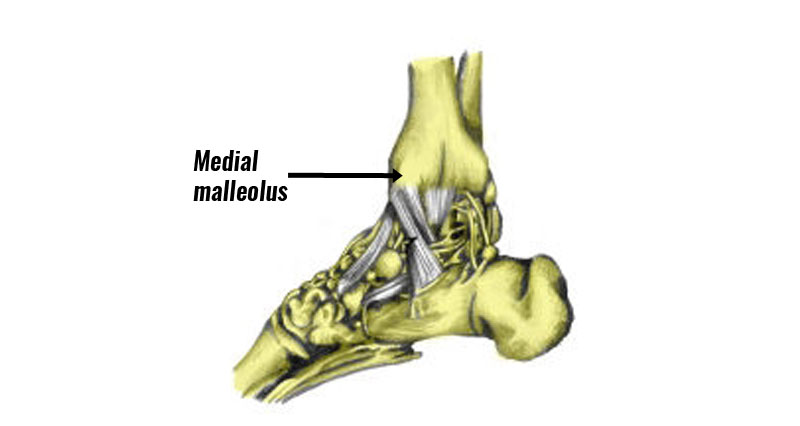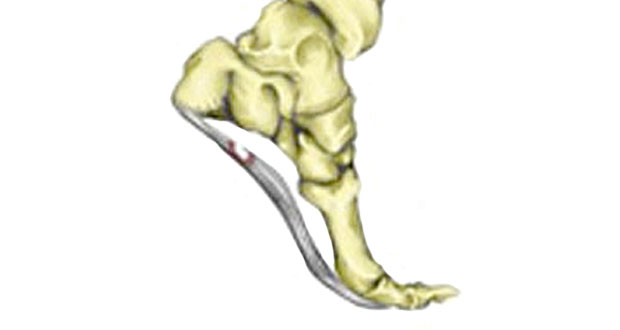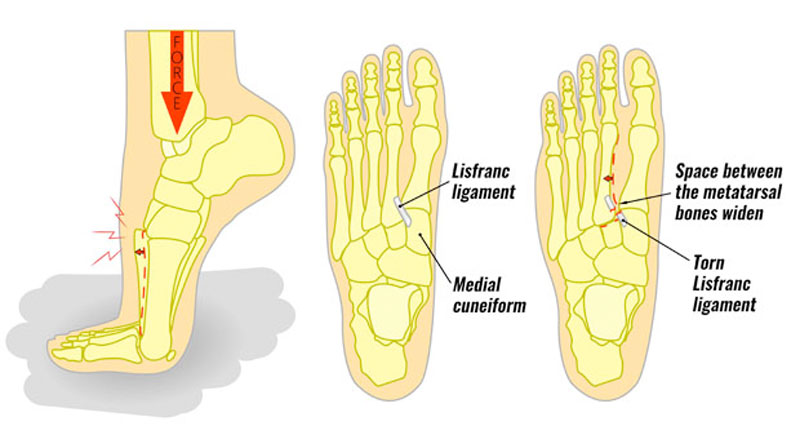The Sinus tarsi is a small bony canal that runs into the ankle under the talus ankle bone. Damage to this can be caused by overuse or from a sprained ankle.
Sinus tarsi syndrome symptoms
Symptoms of Sinus tarsi syndrome typically include:
- Pain that may be difficult to pinpoint.
- Pain is usually just in front of the bony bit (lateral malleolus) on the outside of the ankle.
- Tenderness at the opening of the sinus tarsi which is located on the outside of the ankle.
- Difficulty running on a curve, for example, running around a left-hand bend with a painful left foot.
Inverting the ankle (turning inwards) may be painful if you have Sinus tarsi syndrome. An anaesthetic injection into the painful area will confirm the diagnosis.
An MRI scan may indicate excessive fluid in the sinus tarsi canal.
Treatment of sinus tarsi syndrome
What can the athlete do?
- Rest from all painful activities. Continuing to train on a painful ankle will make the injury worse or at least prevent healing.
- Apply ice or cold therapy to reduce pain and inflammation. Cold can be applied for 10 to 15 minutes every hour initially if the injury is very painful but reduced later to 3 or 4 times a day as required.
What can a professional do?
- A doctor may prescribe NSAIDs or nonsteroidal anti-inflammatory drugs such as ibuprofen (don’t take it if you have asthma). Electrotherapy such as ultrasound may help reduce inflammation and swelling caused by sinus tarsi syndrome.
- Mobilization of the subtalar joint is an important part of treatment and rehabilitation. A professional therapist or trainer should be able to help with ankle mobilizations for sinus tarsi syndrome.
- Correction of any biomechanical problems such as overpronation. Overpronation is when the foot flattens or rolls in too much. This could change the way the ankle bones move restricting the space in the sinus tarsi channel.
- A podiatrist or similar can prescribe orthotic insoles which go in shoes to correct biomechanical foot problems. It is important to have the correct running shoes for your type of feet also.
Exercises
- Strengthening exercises for the ankle especially proprioceptive exercises such as the use of a wobble board.
- If you have been out of training on an injured ankle then the proprioception or coordination of the ankle will be disrupted.
- Balancing exercises and using a wobble board can strengthen proprioception and make re-injuring the ankle less likely.
- Stretch the calf muscles at the back of the lower leg. Tight calf muscles may affect the biomechanics of the ankle.
References & further reading
- Google scholar – research papers
